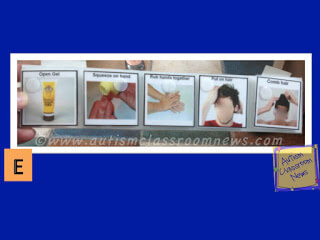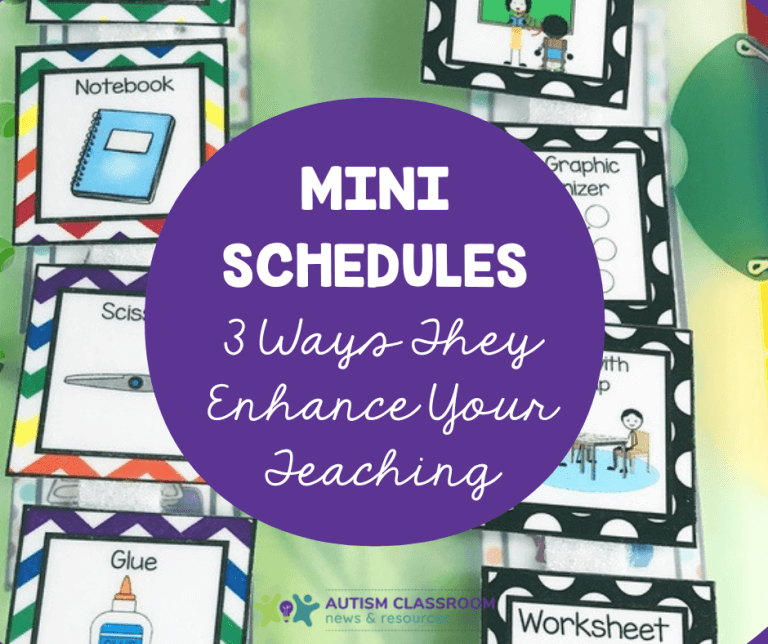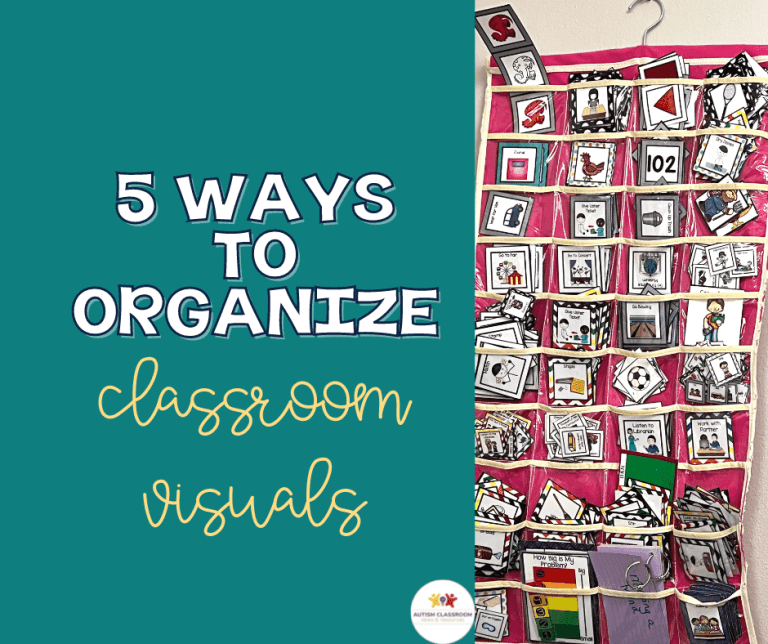 In the last post I talked about mini-schedues for routine tasks with a few examples. Today I want to talk more about the examples to give you an idea of how these types of schedules can be used effectively for different aged students. Yesterday I talked a bit about using visuals for washing hands and for the arrival routine with the pictures below.
In the last post I talked about mini-schedues for routine tasks with a few examples. Today I want to talk more about the examples to give you an idea of how these types of schedules can be used effectively for different aged students. Yesterday I talked a bit about using visuals for washing hands and for the arrival routine with the pictures below.
Here are some other schedules that I thought were interesting and might give you some ideas.
Finally, this example (E) is a fairly recent one. One of my colleagues is working with an organization implementing visual supports in residential living situations. As part of that she had developed visual schedules for washing hands, showering, and brushing teeth. While she was demonstrating for the staff how to use the visual supports to teach the skills, one of the teenagers asked if he could have a visual sequence for putting gel product in his hair. So, of course she had to make him one! I got to implement it with him and he loved it! He was so cute–he couldn’t decide how to comb his hair once he got the gel in it. And he was completely independent with it.
One of the things I didn’t mention in the last post that is worth considering. If you have a student who isn’t completing a task independently and doesn’t want to engage with the task, even with the visuals, consider putting a fun activity at the end of the strip of visuals. This would be similar to a structured work system, but also lets the individual know what he can earn for completing the task. That incentive may allow him to complete the task on his own.
So as you can see, there are lots of different ways and times to use visuals for teaching a variety of sequences of tasks. In my next post, I will talk about scheduling out activities within an activity–like setting up a mini-schedule for the activities of reading. Anyone have any great examples of unusual ways you have used schedules?
And if you want to download, this site has a free download of a washing hands sequence.










